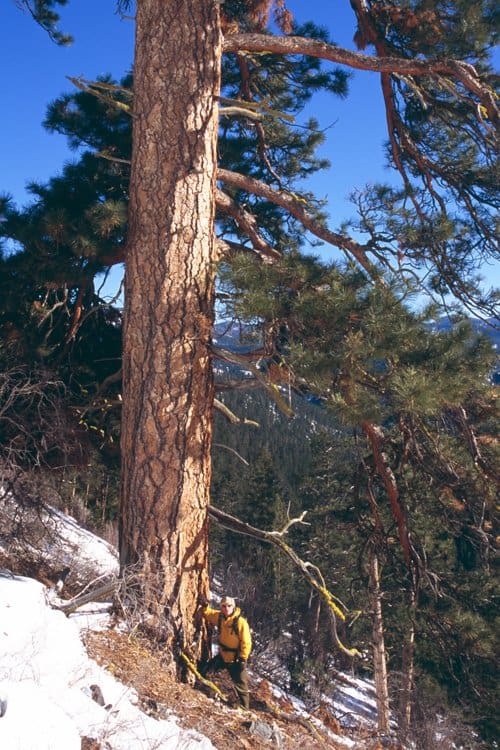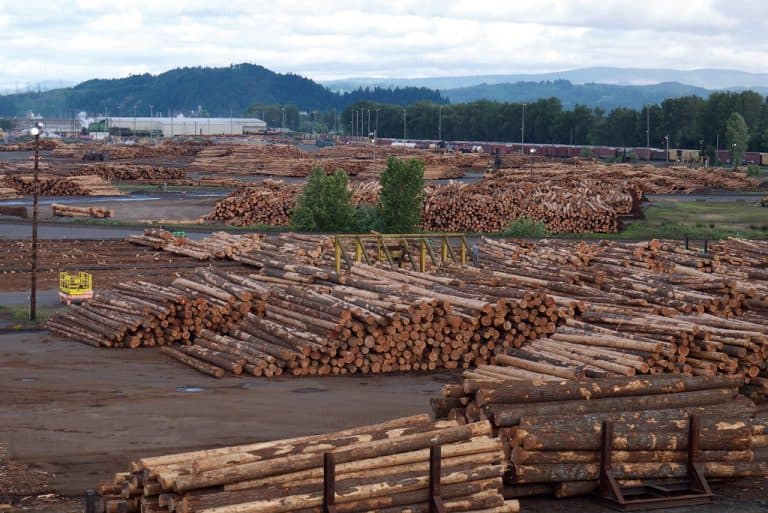As if right on cue, today the LA Times published a lengthy and in-depth story (full of some pretty cool graphics) titled “Forest thinning projects won’t stop the worst wildfires. So why is California spending millions on them?”
The article features the perspectives of a number of folks and organizations who’ve either participated in this blog, or been highlighted on this blog many times, including Richard Halsey, director of the California Chaparral Institute, Dr. Jack Cohen, a retired Forest Service research scientist, who’s the world’s leading expert on home protection/ignitions and Los Padres ForestWatch. Below are some snips:
Chopping down trees and shrubs is “an easy approach because people think ‘Oh, the thing we can change is vegetation’ … and people want the problem to be fixed,” research scientist Alexandra Syphard said. “But unfortunately, it’s more complex than that.”
Syphard — who conducted one of the few scientific assessments of the effectiveness of fuel breaks in California — worries that the state’s focus on fuel reduction gives “people a false sense of security.”
“Time and time again in my research,” she said, “I find that fuel is one of the least important factors when it comes to protecting the home.”
To stem the escalating loss of life and property, Syphard and other experts argue the state needs to curb development in high fire-hazard zones, help homeowners ember-proof their houses and do a better job of enforcing defensible space regulations….
The state’s 10 most destructive wildfires on record have all been wind driven. They have destroyed a total of 39,440 structures and claimed 170 lives. Seven of the 10 have occurred since 2015, including the Tubbs fire in Northern California’s wine country, and the Thomas and Woolsey fires in Southern California….
“Why don’t you address the fires that are killing all the people?” said Richard Halsey, director of the nonprofit California Chaparral Institute and a fuel break critic. “Would you tell me how any of [the thinning projects] would have saved Coffey Park?”
The state, he says, is focusing on the wrong thing.
Use the money to retrofit houses with fire-resistant features, such as ember-proof vents, and “you would save more structures than any fuel treatments,” Halsey says….
In a research paper published in 2011, Syphard and her co-authors analyzed 30 years of data on fuel breaks and wildfires in Southern California’s four national forests.
Many of the fires never hit a fuel break. When they did, the percentage that stopped ranged from 22% on the San Barnardino forest to 47% on the Cleveland forest. In every instance that a break halted a fire’s progress, Syphard found it was because firefighters were on it.
“The only reason a fire ever stops at a fuel break, regardless of the weather conditions, is that a firefighter is there, using the fuel break to fight the fire,” said Syphard, who is affiliated with the Conversation Biology Institute and is chief scientist at Sage Underwriters, a homeowners insurance company….
Jack Cohen, a retired Forest Service research scientist who studied ignitions and wildfire spread, said he’s been asked to explain the “unusual pattern of destruction” in Paradise.
His response: “It’s not strange and unusual — it’s typical. Every investigation I’ve done comes up with that pattern.”
“We do fuel breaks because the premise is we’ve got a wildfire containment problem” when in fact, Cohen argues, we have a home ignition problem.



